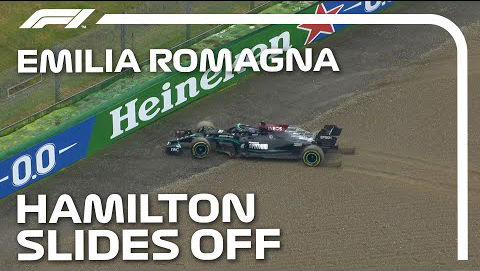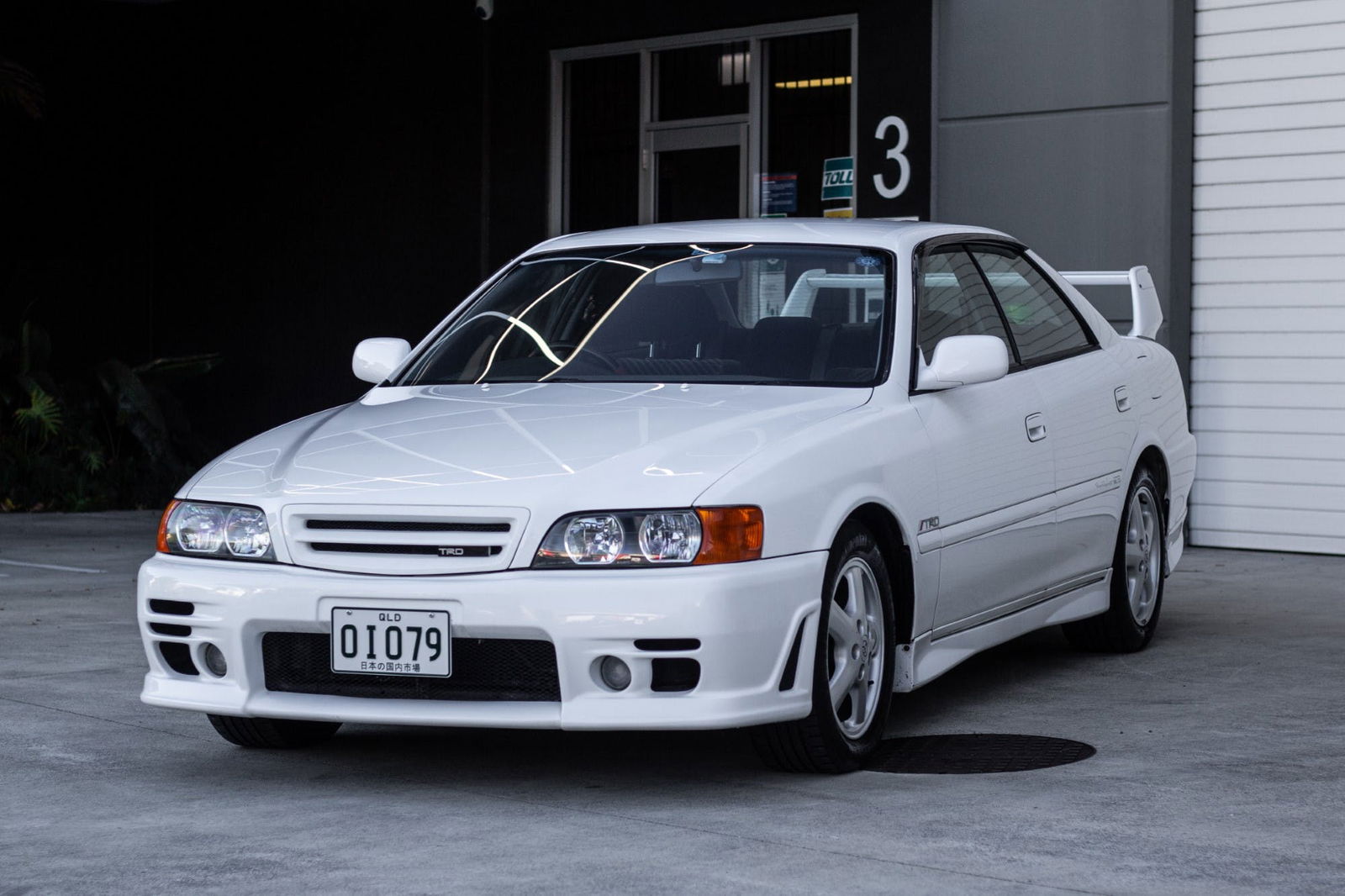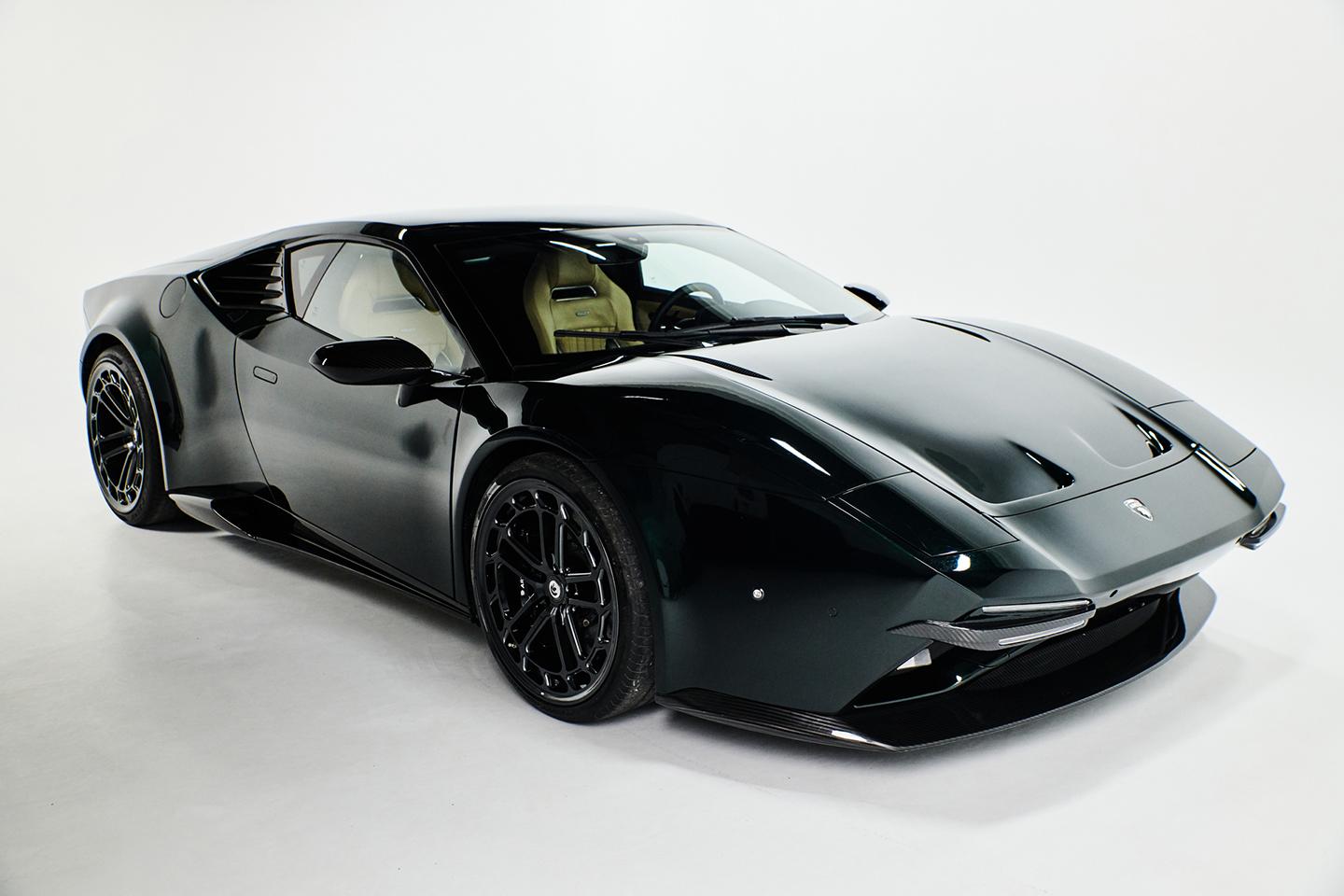Why Is It So Difficult For A Formula 1 Car To Reverse?

The combination of wet weather, an old-school circuit and what’s shaping up to be the closest grid in years meant that the race at Imola - or the ‘Formula 1 Pirelli Gran Premio del Made in Italy e dell’Emilia Romagna 2021’ to give the race it’s amusingly long proper title - was action-packed from start to finish. Conditions were especially tricky at the halfway point when the track had started to dry, with the combination of slick tyres and a surface that was still damp in places rewarding precision and patience.
It was during this part of the race that seven-time champion Hamilton made one of his extremely rare mistakes while lapping the Williams of George Russell. In his efforts to get past quickly and keep pace with leader Max Verstappen, Hamilton locked his brakes on the damp surface at the Tosa hairpin and slid unceremoniously into the gravel.
With not enough steering lock to drive out and a bootful of throttle only serving to send him lightly into the barrier, Hamilton had to do something that you don’t often see an F1 car do - reverse. If it were up to the teams, then chances are the cars wouldn’t have a reverse gear at all, but it’s written into the regulations as a mandatory function for safety reasons. After all, it’s better for a car to get itself out of a tricky situation than it is for marshals to go onto the track.
Because it’s so rarely used (some drivers might go years without ever needing to engage it), the reverse mechanism is generally kept as small, light, and weak as possible and positioned in the best place for weight distribution to maximise performance while still satisfying the rules.
F1 car's reverse gear, a small gear (purple) with a special tooth pattern is pushed into engagement by a hydraulic actuator. pic.twitter.com/fgsIDBPSJ3
— Craig Scarborough (@ScarbsTech) June 23, 2017
Until recently, drivers would generally be discouraged from using reverse at all as there was a chance that it could end up damaging the rest of the gearbox (unscheduled gearbox changes result in a penalty in F1). But, with improvements in reliability and advances in manufacturing processes, it’s no longer the risky shift it once was. Plus, with the minimum weight of F1 cars swelling from 605kg in 2009 to 749kg in 2021, there’s a bit more leeway to make a reverse gear that’s actually usable and not just a vestigial rule-satisfier.
Still, that doesn’t mean that getting reverse is an easy thing to do: in Imola, Hamilton was stationery for some 40 seconds before he finally engaged gear and backed out of the gravel.
“It just wouldn’t go to reverse,” he explained after the race. “I was holding the reverse button and it took forever to engage. I didn’t think it was going to work. I tried reversing and tried to do a burnout spin to get going but ended up back in the barrier. It took a long time to get it back into reverse.”
On the Mercedes steering wheel, reverse is activated by holding the neutral button for a set amount of time. And if you don’t use reverse often, knowing exactly how long to hold it for isn’t going to be a piece of information in the forefront of the driver’s mind - especially in a slightly panicked scenario like trying to back out of the gravel in the middle of a race.
Plus, there’s the actual process of reversing. With head movement limited and tiny mirrors, simply knowing where you’re going is a challenge. This became apparent during the 2019 Azerbaijan GP, when Daniel Ricciardo tried to reverse out of an escape road and backed straight into the side of Daniil Kvyat’s car. Oops.
Ricciardo was given a penalty on that day. But in Imola, Hamilton was not because the race director was satisfied that his engineer guided him out safely enough. Hamilton returned to the pits for repairs, went a lap down, and was faced with a difficult run for minor points positions from then on. However, he was thrown a lifeline when teammate Valtteri Bottas and Russell’s Williams crashed heavily at the first corner, bringing the race to a halt with a red flag to clean up the mess.
That allowed Hamilton to get his lap back and charge through the order. Verstappen’s Red Bull was long gone at the front in what is shaping up to be a close title battle between the two, but Hamilton recovered to a strong second ahead of the impressive Lando Norris in his McLaren, marking the first time two British drivers shared a podium since the 2012 Chinese Grand Prix.
It was a very impressive recovery from Hamilton and showed that sometimes, you do indeed have to go backwards to go forwards.


Comments
He kept reversing while he could simply follow the route near the barriers was a dangerous move.
He and other drivers lost control of their car, even in the formation lap, he wasn’t penalised because he’s hamilton, and Masi is following the script to make him a paper champion.
They are british and they want a british champion on a car built in england, schumacher and Ferrari were the worst thing that cpuld happen for a sport born in england were 70% of the teams have factories in england.